Excursion
| TIME | LOCATION | ACTIVITY |
|---|---|---|
| 10:00AM | Constantial Hotel | In Transit To Benin Moat |
| 10:30AM-12:30PM | Benin Moat | Excursion |
| 12:30PM-1:30PM | Palace Visit | Guided Tour |
| 1:30PM-2:30PM | Igun Street | Excursion |
| 2:30PM | Departure to the Hotel |
THE BENIN MOAT
The “Benin Moat” (Iya) is the largest earthwork in the world, estimated at 10,000 miles in length and covering 2,000 square miles in area. The Guinness books of records has it that the moat is surpassed only by the Great Wall of China as the largest manmade structure in human history. It is a gazetted UNESCO Heritage site.
The Benin Moat, predates the use of modern earth-moving equipment or technology in these parts. The moat encircles the old perimeter precincts of the City and was constructed as a defensive barrier in times of war. Oba Oguola (1280 – 1295) completed the 1st and the 2nd moats. He decreed construction of 20 smaller moats around other important towns and villages to protect them against invaders. In the 15th century during the reign of Oba Ewuare the Great (1440 -1473) an extension of the moat which was about 3200km was constructed. This fortified bastion allowed entry to the city from nine gates to be controlled.
As lines of defence, the moats were heavily guarded around the clock. They stopped invaders as they could be seen whilst trying to get through and were killed or captured by the Benin soldiers guarding the gates and walls. The high walls of the moat made it difficult for attackers and invaders to climb over.
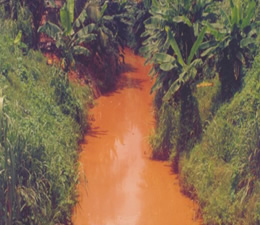 |
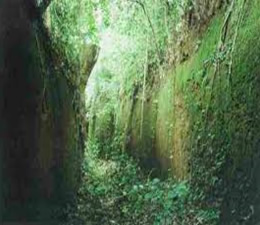 |
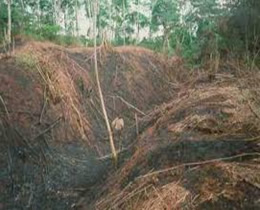 |
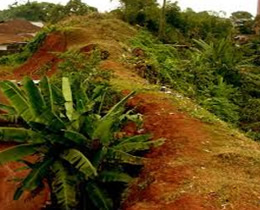 |
The Oba's Palace
The Royal Palace of Oba Of Benin is a UNESCO listed heritage site. It is notable as the home of the Oba of Benin and other royals. The palace, built by Oba Ewedo (1255AD – 1280AD), is located at the heart of ancient City of Benin. It was destroyed during the 1897 war with the British and later rebuilt by Oba Eweka II (1914–1932). The palace was declared a UNESCO Listed Heritage Site in 1999. The Royal Palace of Oba of Benin is a celebration and preservation of the rich Benin culture. Palace of Oba of Benin is mostly visited by Diplomats, Tourist, Curators, Archaeologist and historians.
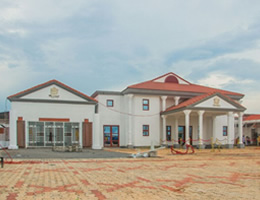 |
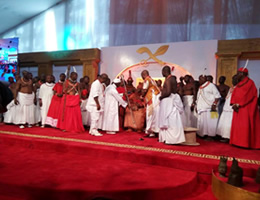 |
| Palace of Oba of Benin: Oba Ewuare II, | |
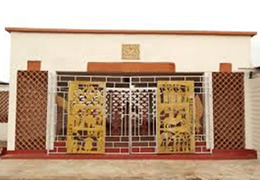 |
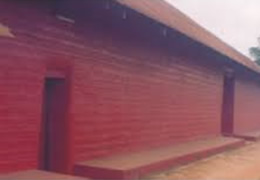 |
IGUN STREET
The name Igun Street is a shortened form of Igun Eronwan which means the place where bronze works are created. Its listed as a Cultural Heritage Site by UNESCO and is the home of the brass/bronze casting industries in Benin. It constitutes one of the 31 guilds of the Oba of Benin, in the ancient Benin kingdom. All members of the guild are related by a common ancestry and descended from IneNigun, the custodian of the street and the bronze casters. The exact origin of bronze casting in Benin kingdom is hard to establish, however, what is very certain is that the art of bronze casting has been in practice from primordial reign of the Ogisos, the first royal dynasty. The Oba had the control of the production and the distribution of brass/bronze arts and work no single individual have any right to own any of the production process in those days except with the permission of the Oba of Benin. The story is very different today as visitors are free to admire and witness the entire process of bronze casting. They are also free to purchase any bronze piece of their choice. This is probably one of the most patronized tourist attractions in Benin City Edo state.
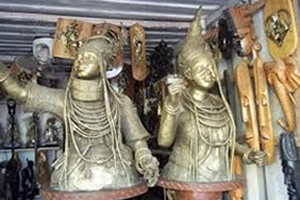 |
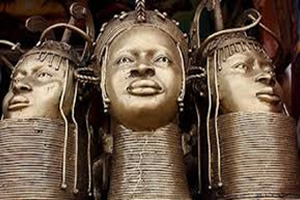 |
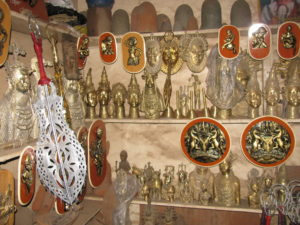 |
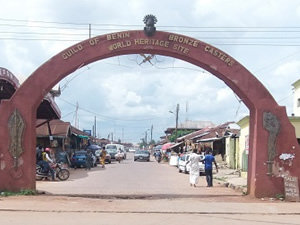 |
